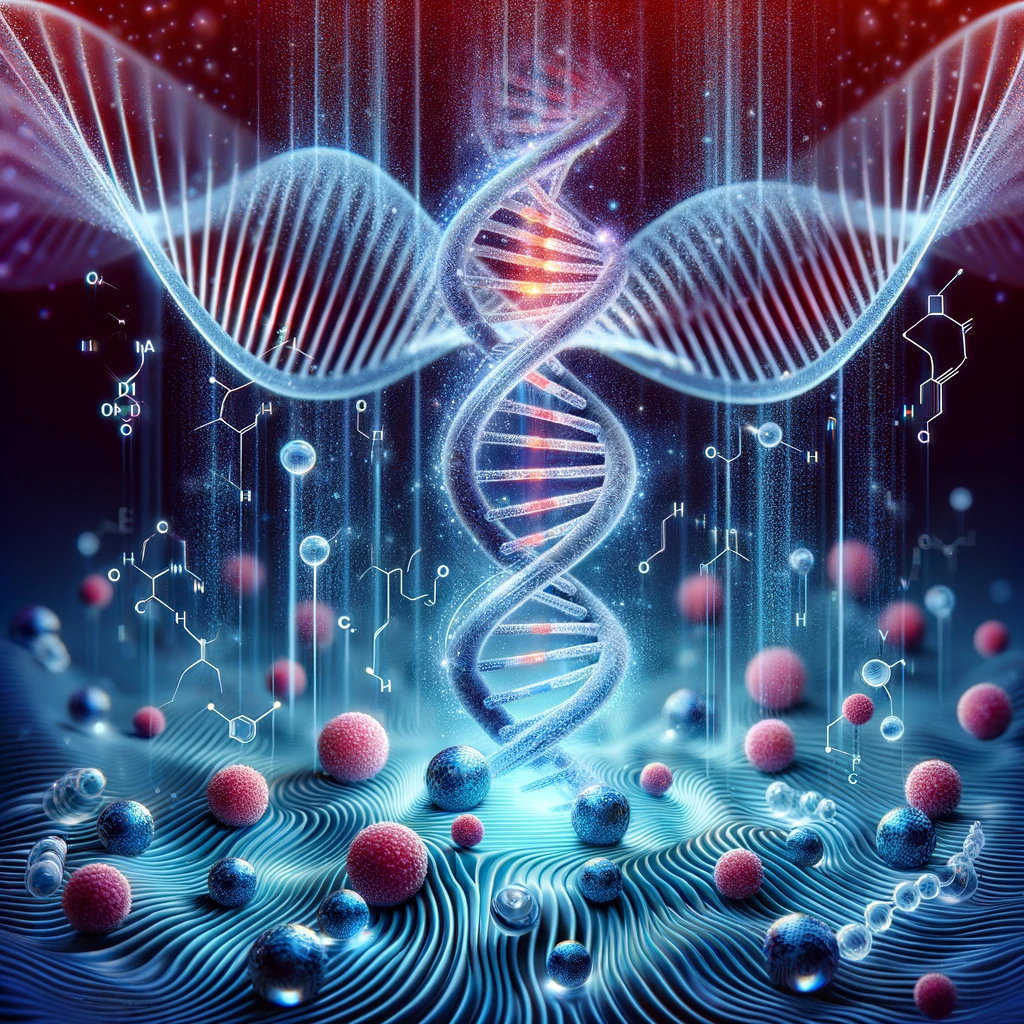Navigating the Magnetic Field: The Intricate Dance of DNA, ROS, and Health
Recent research led by Elena Tekutskaya and her team delves into the profound effects of low-frequency magnetic fields on the delicate balance of reactive oxygen species (ROS) and DNA stability in living systems. Their groundbreaking study offers new insights into how these fields influence the buildup of oxidative damage in DNA, which can have far-reaching implications for our understanding of environmental health risks.
Unraveling the Mysteries of ROS and DNA Damage
The production of ROS is a natural biological process, but when accelerated by external factors like magnetic fields, it can lead to oxidative stress and DNA damage. The team’s research focuses on how an increase in hydrogen peroxide, a type of ROS, affects the integrity of genomic material, particularly the accumulation of 8-oxyguanine in DNA—a marker of oxidative damage.
The Role of 8-Oxoguanine-DNA-Glycosylase Gene Polymorphism
A crucial aspect of the study is the examination of the polymorphic variant rs1052133 of the 8-oxoguanine DNA glycosylase (hOGG1) gene, a key player in DNA repair. The team used polymerase chain reaction techniques to type this variant, linking it to the body’s response to oxidative damage caused by magnetic fields.
Innovative Methods for a Complex Issue
Tekutskaya’s team developed a cutting-edge device for the automated study of biological fluids in an alternating magnetic field, pushing the envelope in this field of research. Their methodical approach included spectrophotometric analysis to measure DNA concentration and hydrogen peroxide levels in DNA solutions.
A New Model for Magnetic Field Interaction
The study proposes a novel model to explain the mechanism of action of low-frequency magnetic fields on nucleic acids and proteins. This model, based on a chemical oscillator, accounts for the oscillating nature of the processes in DNA solutions and predicts changes in hydrogen peroxide concentration under the influence of magnetic fields.
Conclusions: A Magnetic Field-Controlled Environment
The findings point to the magnetic field as a pivotal factor in the generation of ROS within the aquatic environment of chemical oscillators. This intricate interplay of physical and chemical processes, from electron transfers to radical reactions and the synthesis of hydrogen peroxide, underscores the magnetic field’s control over biological outcomes.
Implications and Future Directions
This research not only adds a new dimension to our understanding of magnetic field effects on health but also sets the stage for future explorations into protective strategies against environmentally-induced oxidative DNA damage. It invites a reexamination of our interactions with everyday magnetic fields and the potential health implications they carry.
Closing Thoughts
The study by Tekutskaya and her colleagues is a testament to the ever-evolving nature of biophysical research. As we uncover more about the world around us, we must remain vigilant in our pursuit of knowledge that can safeguard our health in an age of increasing environmental complexities.








